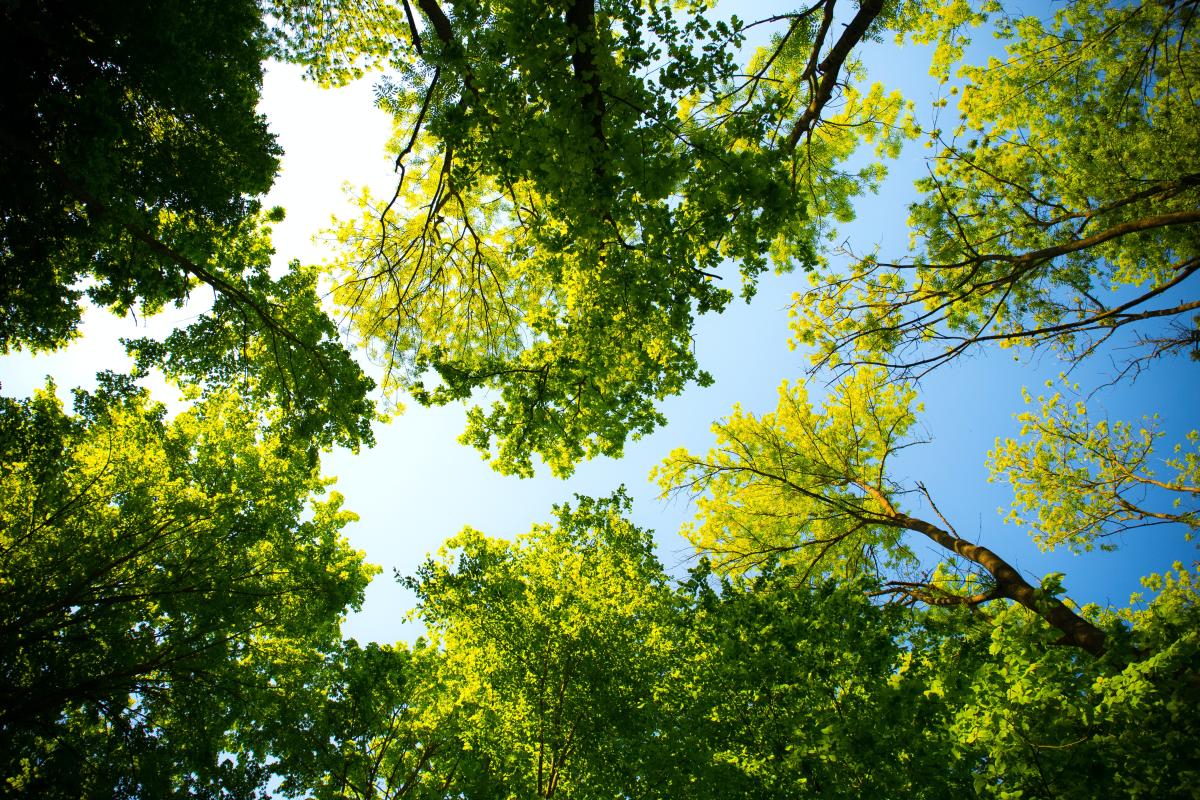
Students will be able to obtain, evaluate, and communicate evidence about how natural and human-caused changes to habitats or climate can impact populations. Additionally, they will be able to

Students will be able to obtain, evaluate, and communicate evidence about how natural and human-caused changes to habitats or climate can impact populations. Additionally, they will be able to

DNA, or Deoxyribonucleic Acid, is the molecule of life. DNA exists in every single organism, from the smallest bacteria to the largest mammal, and is the only known molecule that has the ability to

In this virtual reality frog dissection, students get to explore the anatomy of a female frog inside and out. The frog’s respective organs are scientifically accurate models to scale, allowing

This is a multi-day lesson on the lifecycle of a pumpkin starting with how long it takes for pumpkin seeds to produce a sprout. There is also an art element using geometric shapes to introduce the

In this project, students will create a professional blueprint of their real-life home. Students will then do research to find at least ten places in the home that impact the environment (positive or

In this project, students will choose an environmental problem to research. They will look up why this problem is occurring and how it is harming the environment. Students will then come up with two

This lesson incorporates Math, Science and Reading standards into a pumpkin themed third grade lesson. Students will use a mentor text to relate to the life cycle of a pumpkin, create, compare and

This lesson provides the students an opportunity to learn hands-on. They work as a worm biologist or Annelidologist, observing how the external features of the worm, such as its segmented body and

This lesson includes fourth grade reading, writing, math, science, and engineering standards. The potential is endless with additional enrichment activities. Students participate in the nurturing and